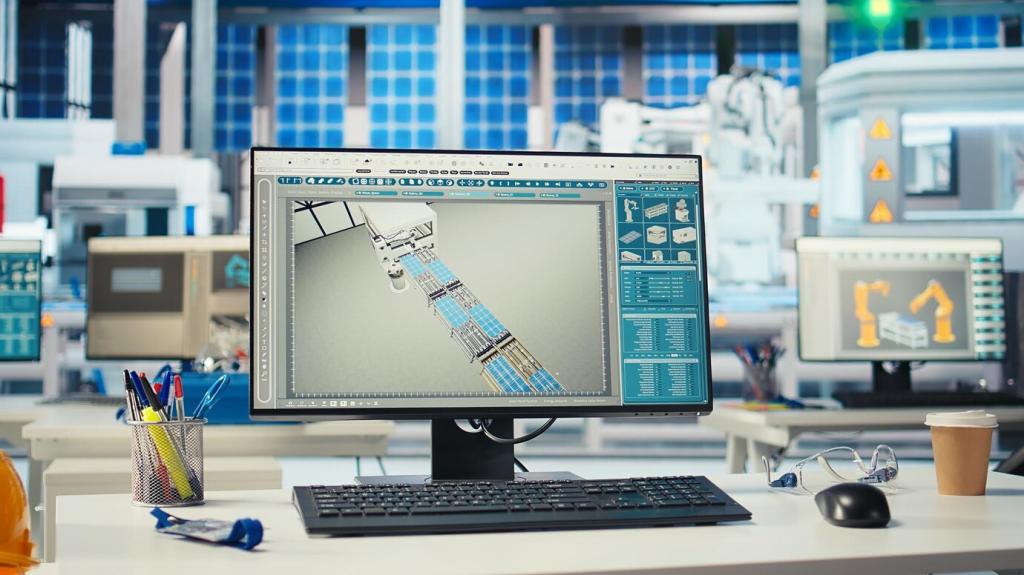Sourcing Recycled Elements Responsibly
Thrift shops, flea markets, and curbside freebies hide chains, charms, and unusual textures. Inspect for rust, sharp edges, and unstable coatings, then imagine new life for forgotten objects as you curate ethical, durable components for your designs.
Sourcing Recycled Elements Responsibly
Old electronics offer copper wire; denim rivets and zippers sparkle; mismatched buttons crave a second act. Test for lead or unknown alloys, clean gently, and harvest parts with patience to ensure safety and consistent quality in every finished piece.








